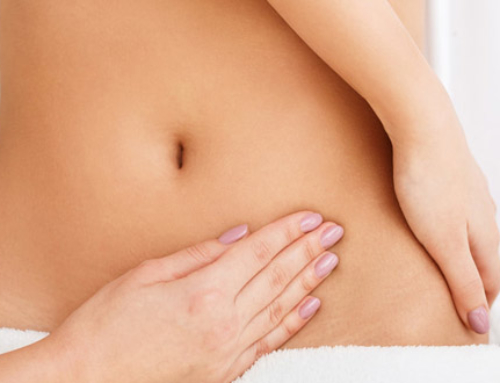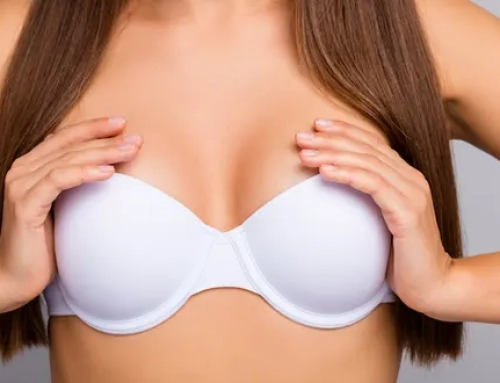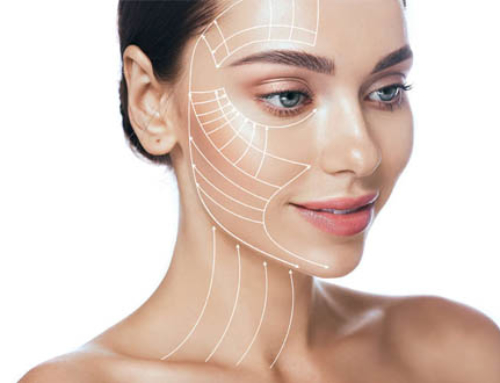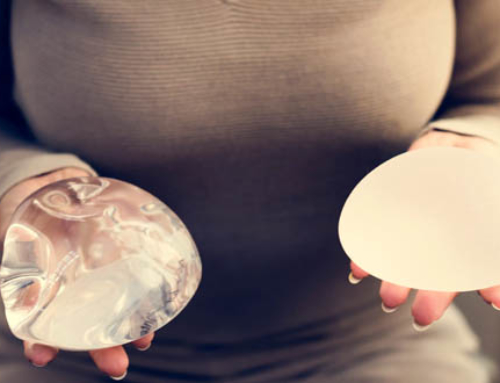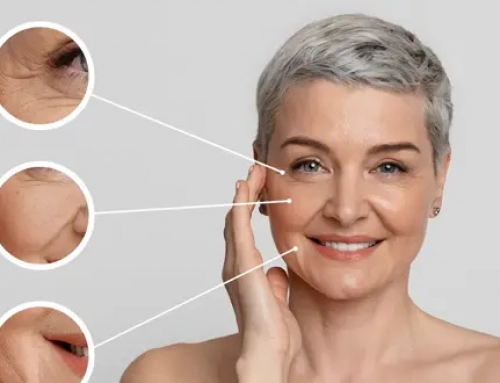The eyes are often the first area to show aging signs. Because of many factors such as heredity, environment and age, skin in the upper and lower eyelids quickly becomes crumpled, swelling and discoloration are also frequent in this region. Patients concerned with these issues typically complain about a tired looking face or difficulties putting on makeup.
Blepharoplasty, commonly called the eyelid lift, is a cosmetic surgery intended to correct lower and upper eyelid imperfections and aging signs. Surgery can easily correct these issues with different techniques.
Blepharoplasty is often patients’ first cosmetic surgery, and it can be combined with a facelift. Blepharoplasty results are durable.
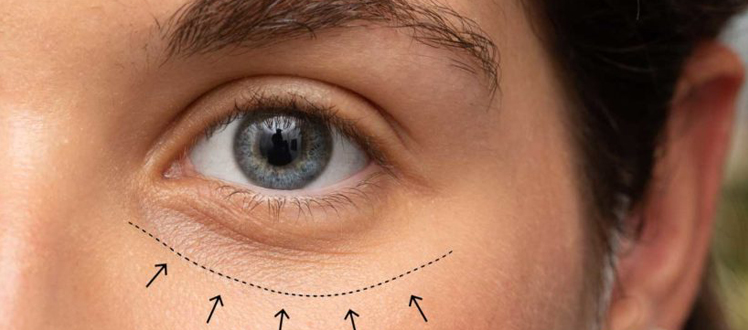
How blepharoplasty treats the lower and upper eyelids
How blepharoplasty rejuvenates the eyes
The main goal of blepharoplasty surgery is to restore a young and radiant look, with no trace of fatigue. This can be achieved by working on the upper and lower eyelids. For the upper eyelids, excess skin that tends to create a hooded appearance of the eyes can be removed. For the lower eyelids, excess skin creating a wrinkled appearance as well as fat pockets under the eyes can be removed.
Complementary improvements can be made with these corrections in certain cases. The tearthrough can be filled in with hyaluronic acid injections, laser can smooth out wrinkles and treat discoloration and Botox injections can be used to reposition the eyebrows and alleviate crow’s feet.
Blepharoplasty can be beneficial to patients of all ages, but most patients requesting eyelid surgery abroad are in their forties (sometimes earlier for patients with genetic predispositions to under eye bags for instance).
Precautions before blepharoplasty
Before surgery, a thorough examination is necessary. Surgeons examine facial structure, skin quality, orbicularis oculi muscle tone and any component that can influence the result.
Patients have to stop taking aspirin and anti-inflammatory drugs 5 days before the procedure. Smoking is also out of the question for 1 month before and after the procedure to avoid any risk of wound healing complications.
An ophthalmologic check-up can be required in certain cases as some conditions can be contraindications to eyelid surgery (glaucoma, blepharitis, retinal diseases…).

